Bill Gates’ famous slogan “Content is King” has pretty much shaped the trends of digital marketing in today’s world. A bit too much, to be honest! Many businesses have resorted to publishing rampant content without caring for any definite goals of content marketing.
The result? Endless content, most of which doesn’t draw relevant traffic.
Having a robust strategy is essential for sustainable business promotions. An aimless approach to content marketing is as good as not having one. Using goal-oriented content can not only get you traffic but also help you gain valuable leads that allow powerful conversions.
When curating a content strategy, the flow of information is directed to ensure the following effects:
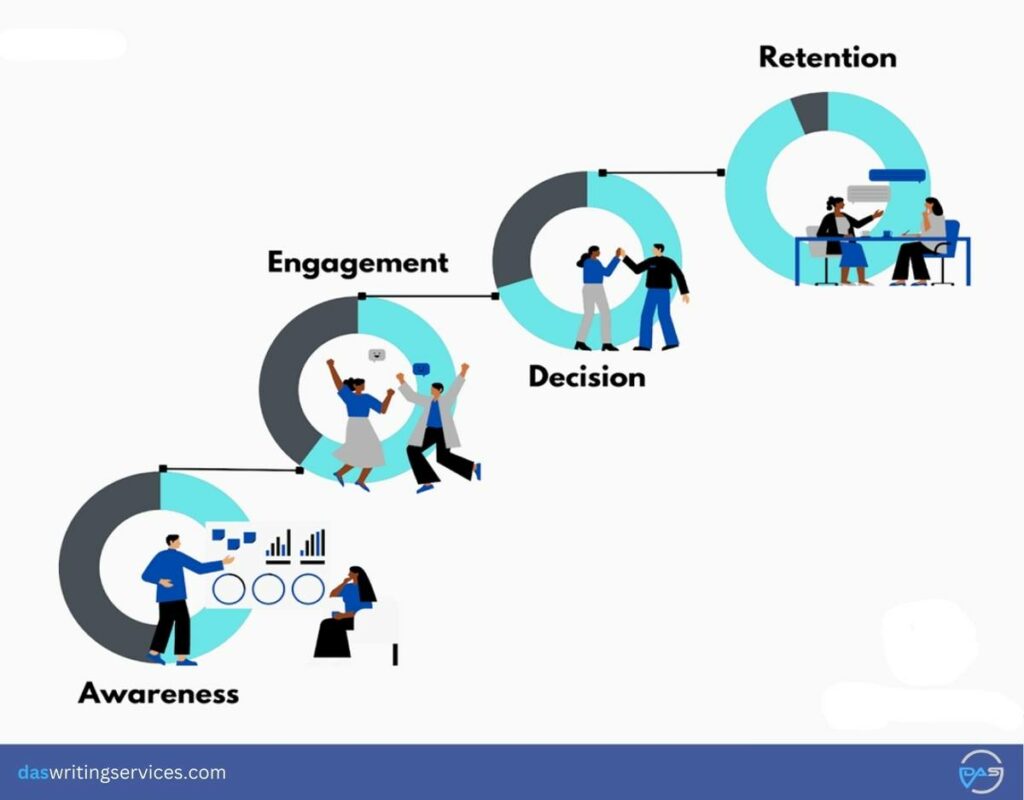
What is the Importance of Content Marketing Aims?
Establishing objectives is crucial, but frequently neglected, in content marketing. Without clear goals, assessing progress can be challenging, making it hard to know whether you’re advancing or stagnating. Here are some of the reasons why content marketing aims are important:
- Content Marketing Objectives Take You in the Right Direction
By utilizing the SMART criteria—Specific, Measurable, Achievable, Relevant, and Time-bound—content marketers can create a structured plan for their campaigns and the materials they develop. When these goals are in sync with the broader objectives of the business, the resulting content becomes more impactful.
Having defined goals not only steers your content marketing strategy but also helps you prioritize what to create and how to allocate your marketing resources wisely. Navigating content marketing without a strategic plan is like taking the most time-consuming path to reach your destination.
- Content Marketing Goals Help Achieve Company Goals
Every piece of content you produce should play a role in advancing your company’s broader business objectives. Without well-defined goals, it becomes challenging to determine whether your content is effectively guiding you toward success or leading you astray.
To achieve your marketing ambitions, it’s vital to ensure they are in sync with the company’s overall goals. For example, if you are in the B2B industry, you should focus on B2B content marketing goals such as building brand loyalty and thought leadership.
By aligning your content strategy with the company’s primary objectives, you maintain a clear direction.
Remember, although sales figures are an important indicator of success, they should not be the only focus of your content strategy. While sales metrics reflect business performance, it’s crucial to place a strong emphasis on customer loyalty and satisfaction.
- Importance of Evaluating Content Objectives
Assessing how far you have succeeded is crucial for understanding both your achievements and shortcomings. Acknowledging failures is just as vital as celebrating successes. If you find that you’re falling short of your targets, it allows you to make necessary adjustments and refine your approach. Conversely, reaching your goals offers important insights that can guide your future initiatives.
What are the Goals of Content Marketing?
The world of content revolves around the value you provide to your audience. Whatever you communicate in your content must add something of importance to the target audience.
The following should be the primary goals of content marketing:
1. Share your Vision
Nowadays doing business is simply not enough. With so many players and competitors in the market, keeping your business a class apart is essential.
To enable that, clients should be able to identify with your vision which, in fact, promotes identification with your brand. So, do not cower away from sharing your dream and vision – it gives your content a much-needed personal touch.
The main goal of content marketing is to elevate your brand’s visibility and foster awareness. If potential customers are unaware of your offerings, they cannot make educated choices regarding your products or services. It’s essential to generate buzz!
The real challenge—and opportunity—lies in crafting content that captures attention and resonates with your audience. This can be accomplished through a variety of creative approaches, including humorous ads, engaging video segments paired with catchy tunes, or even straightforward yet impactful ideas.
2. Foster a Bond with Customers
There are multiple benefits of using content for digital marketing. However, it is differentiated from others because of its ability to connect with the customers. Content, when it reaches the right audience, can do wonders for your business.
Many reputed organisations recognise this necessity and use our newsletter service.
With a unique tonality and engaging content, your customers can identify with your brand’s character. It helps you foster a sustained relationship with your audience to generate effective results.
Establishing brand awareness is crucial for both new ventures and well-established companies. In the fast-evolving market of today, it is imperative to present your brand in a distinctive manner that connects with potential customers. Neglecting this aspect could result in losing ground to competitors.
Given the significance of brand recognition, it’s reasonable to consider it as a primary and continuous objective of content marketing. When potential customers recall interacting with or learning about your brand—whether through content or discussions with others—they are more inclined to trust your brand over one they are unfamiliar with.
3. Educate the Audience
Your content can effectively illustrate the advantages of your product, exploring not only the primary benefits but also highlighting additional and less obvious perks that clients might not have considered before.
This approach enables you to clarify any misunderstandings surrounding your product, service, or the overall market environment, helping customers grasp your objectives more clearly. By presenting relevant data, analyzing market trends, or showcasing your company’s commitment to making a positive difference, you equip customers with valuable insights.
Knowledge truly empowers consumers; the better they understand your business, offerings, mission, and market position, the more robust their relationship with your brand will be.
4. Increase Domain Authority
Correctly optimised content will not only develop your brand image to the public eye but also pull you into the limelight.
Having a decent domain authority indicates how much your website domain is valued by search engines. You can use popular domain checker tools like Moz, or Ahrefs to take a quick look at where your website is standing.
They help you get better ranks easily; they also help to establish you as a reliable figure in your field.
5. Build your Credibility
When there are multiple options in the market, consumers tend to make their choice based on reputation. That is where a credible voice comes into the picture. Since content is a good medium to engage with the audience, blogs and articles are more likely to convert than traditional advertisements.
6. Identify Target Audience
Your business might have an existing demographic that you intend to target with your product and services. To ensure that your business is reachable to the correct demography, content is an efficient tool.
Based on user engagement, you can determine if you are able to crack the sweet spots of marketing. A common practice is to ask for feedback from your readers. Based on the inputs, you get a list of potential clientele along with valuable user feedback. There is no better win-win situation than this.
7. Winning New Customers
One of the primary objectives of content marketing is to draw in new customers. Although some users may quickly connect with your content and convert into customers, the main aim of content marketing is to cultivate leads.
Content marketing has the power to attract customers across a spectrum, from immediate commitments to mild interest. By effectively deploying content marketing strategies, you cast a wide net, gather data, and generate prospects, ultimately leading to the acquisition of more customers.
8. Build Up your Product
Before you actually launch the products, it is always a good idea to build hype around them. Your content marketing strategy can help you achieve that with attractive website copywriting hinting at the product.
Using a catchy marketing strategy, you can plan short-form content that anticipates products, offerings and upcoming services in your domain of business.
9. Demonstrate How Customers Have Benefitted from Your Product or Service
Instead of traditional case studies, consider presenting customer achievements through engaging blog posts that focus on “how to replicate this success.” This approach allows you to tap into various content marketing goals simultaneously.
By doing so, you can attract new subscribers, generate leads, and convert potential customers. Additionally, you’ll enhance your brand’s credibility as a results-driven company, fostering greater loyalty among existing customers who may be eager to deepen their engagement with your product.
It’s essential to convey the benefits your customers experience through their testimonials rather than solely relying on your messaging. When executed effectively, this strategy can elevate your brand above the competition in the content landscape.
10. Boost Customer Retention
In the quest to attract new audiences, it’s easy to overlook the critical goal of retaining existing customers. Neglecting your current clientele in favour of fresh prospects can be detrimental. Remember, your loyal customers are just as important and deserve your attention. You must reward brand loyalty to ensure they are your future customers as well.
Read Related Blog: 17 Top Content Marketing Examples to Inspire Your Marketing Strategy
How to Set Achievable Content Marketing Goals for Your Business?
A Common Mistake that businesses make while determining their content plan is to set too vague of a target. Like saying we want more traffic.
How much more traffic are we talking about? Do we want to get traffic for the sake of it or generate leads? Defining such objectives clearly helps you strategise better for content marketing.
1. Define your Purpose
First and foremost, clearly define what you would like to achieve with your content. Is it just about traffic or you want to increase sales. If sales is your concern, then you will have to define how much sales are targeting. How soon do you want the results?
Based on the answers, the strategy of your content marketing goals are defined. For example, if your primary concern is to drive traffic, then you would want to target informational search intent specific keywords with significant search volume.
On the other hand, to get more conversions and enquiries, transactional and commercial keywords are suitable. This is why, clearly defining the purpose of your content marketing helps you optimize your marketing strategy for the desired outcome.
2. Implementing the SMART Framework for Content Marketing Objectives
The acronym SMART represents specific, measurable, attainable, relevant, and time-bound. Here’s a breakdown of each component:
- Specific Objectives: Focus on clarity by using precise language and concrete data. For instance, instead of saying “increase traffic,” specify a target like “achieve a 50% increase in traffic.”
- Measurable Objectives: Ensure that your goals can be quantified to monitor progress and assess success. An example would be “boost monthly lead generation by 10% over the next 5 months.”
- Attainable Objectives: Set goals that are both challenging and realistic. It’s important to find a middle ground—goals should push you but still be achievable.
- Relevant Objectives: Make sure your content goals align with broader business aims. Reflect on how each goal supports the overall success of the organization.
- Time-Bound Objectives: Incorporate a timeline to make your goals actionable and trackable. Define a clear deadline for when you intend to achieve these objectives.
By integrating SMART goals into your content marketing strategy, you will create a structured plan that enhances your chances of success. Embrace this methodology to improve your content marketing outcomes.
3. Audit your Present Situation
Before declaring an idealistic target, it is always wise to take a stock of our own situation in the market. Aiming for the stars is good, but we must still be realistic when it comes to setting content marketing goals.
Perform a thorough audit of your existing content, number of keywords ranking, organic website traffic, link network, and number of backlinks. It gives an idea as to what is your present situation in the market with respect to the competitors.
- Traffic Analysis
Evaluate which content is driving traffic and which is falling short. Look for any patterns or shortcomings in the less visible content. Document these insights for future reference.
- Conversion Effectiveness
Assess how well your content converts visitors into leads. Compare your conversion rates with industry standards to see where you stand. Additionally, analyze your success in turning leads into customers. If you find opportunities for enhancement, this indicates a potential area for growth.
- Performance Comparison
Review both your top-performing and lower-performing content to uncover trends or weaknesses that may be affecting overall effectiveness
We hate to be the bearer of bad news but you simply cannot expect to instantly outrank a competitor. Especially when they have twice the DA and significantly more number of top ranking keywords than you.
Like every good thing, the success factor of your content marketing goals takes time. It depends on how realistic and achievable your plans are. Start small with low difficulty keywords and as you grow – then you can think about outranking the giants in the industry.
4. Break down your Roadmap into Monthly Content Plans
Larger milestones can be a bit overwhelming at times. Further, it is easier to lose track of tasks when you are targeting broad objectives such as 3.5x increase in conversions. It also causes poor executions.
So, break down your objective into individual plans for each month. Decide the number of keywords you would want to target and set out to create the content plan for the same.
Choose a target date that strikes a balance between being attainable and ambitious. Assess the number of hours you will need to reach your objective and take into account any possible challenges you might face along the way.
Implement a blend of off-page and on-page SEO-optimized content that increase your number of pages as well as increase the number of referring domains. It helps you increase your website traffic organically and most importantly sustainably.
5. Allocate Optimum Resources
On the way to realise your content marketing goals, the last thing you want is to waste time or resources. Both are vital for the growth of a company and lack of planning can drive up your costs while producing subpar results.
Based on the number of content you want to publish in a month, deploy SEO personnel, and content writers to your project. Get a project manager to streamline communication within the team as well to the stakeholders.
Or you may choose to outsource your content marketing campaign to us and get impressionable SEO optimized content that drives up your website traffic. Contact us for your free sample today.
6. Evaluate KPIs and Create Quantifiable Targets
Finally, the last step to realise your marketing goals is to keep track of your content marketing KPIs or Key Performance Indicators. You can use SEO tools to check the growth of your traffic, number of backlinks and link network. Keep reading to learn about the best SEO tools to evaluate your marketing performance metrics.
To establish specific and measurable objectives, it’s essential to create numerical targets. After identifying your focus area, it’s time to delve into the numbers.
The strategy you adopt will vary based on the nature of your business and its current stage of development. For instance, startups typically strive for rapid growth, whereas established companies may prioritize more moderate, achievable goals.
For example, if you want to get more organic traffic to your website, you must keep track of the number of organic clicks you are getting. Producing, relatable and helpful content is the key to achieving this. We will look at how to measure content marketing results in the next section.
Read Related Blog: Content Marketing Vs Digital Marketing: Guide to Marketing
How to Measure Content Marketing Results?
Key Performance Indicators (KPIs) play a crucial role in measuring the effectiveness of your content over a designated period. They provide insights into whether you are achieving your goals.
These indicators not only assist in tracking and assessing the outcomes of your content but also empower you to make informed decisions moving forward. Moreover, they serve as evidence to justify your marketing expenditures.
Implementing KPIs is vital for your organization as they can help streamline operations, focus on well-defined targets, guide team efforts, set benchmarks, and deliver valuable insights.
While content is central to your strategy, successful execution also hinges on identifying and leveraging the most effective distribution channels. These channels can similarly be evaluated using KPIs.
To maximize their utility, it’s essential to align your KPIs with specific targets or objectives. For instance, if your goal is to attract new customers, tracking that particular KPI will yield data that indicates whether your content is successfully engaging new audiences and converting them into paying clients.
KPIs to Target According to Content Marketing Format
To assess the effectiveness and quality of various content types in your marketing strategy, you can utilize specific content marketing metrics. Below are examples of key performance indicators (KPIs) for different content categories:
Email Campaigns
- Total subscribers
- Click-through rate (CTR)
- Open rate
- Churn rate
- Opt-out rate
- Conversions
- Delivery rate
Videos
- Engagement metrics such as likes, shares, and comments
- Subscriber count
- Total views and average view duration
- Impressions generated
- Click-through rates (CTR)
Articles and Blog Posts
- Website traffic volume
- Breakdown of mobile versus desktop visitors
- Average time spent on the site, time on each page, and bounce rate
- Average page views and views per visit
- Geographic distribution of visitors
- Unique visitors count
- Comparison of new versus returning visitors
Social Media Posts
- Post reach via shares
- Click-through rate (CTR)
- Number of fans, followers
- Engagement levels and return on engagement
- Conversion rate
Podcasts
- Number of subscribers
- Ratings and reviews received
- Total downloads
- Shares across platforms
- Backlinks acquired
Pay Per Click Campaigns
- Click-through rate (CTR)
- Cost per click (CPC)
- Conversions, conversion rates, and cost per conversion
- Impressions and cost per impression
- Cost per sale
- Return on investment for total campaign costs
What are the Content Marketing Strategy Benefits?
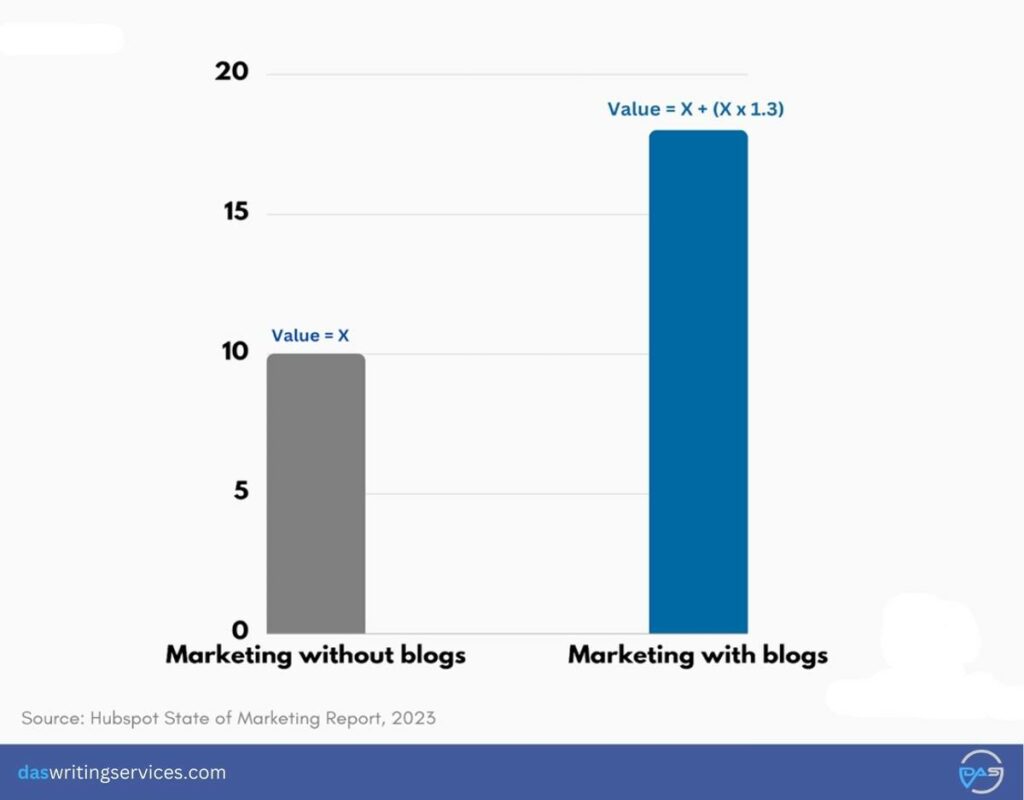
As per Hub Spot’s State of Marketing report, marketers who use content like blogs and technical writing can expect to get 13 times more ROI. It makes this idea worth exploring as to why blogs are so important to businesses. As long-form content blogs have the capacity to inform and educate the audience, making it an indispensable part of your content marketing goals.
Here are all the benefits you can reap with the right strategy:
1. Cost Effective
Using text and audio-visual content to promote your business is the most effective organic marketing strategy. Needless to say, it is comparatively cheaper than the paid options out there.
Also, with the right optimization of your content marketing ROI planning, your ideas can reach the right audience – maximising your ROI in the long run.
2. Better Leads
Organic marketing for content is always known for being slow but effective. Obviously, you can get hundreds of leads from an ad agency. But if you have previous experience with purchased leads, you know it is mostly a hit-or-miss phenomenon.
With an effective content marketing strategy, you always get genuine leads with the highest chances of conversion – thereby getting you the best returns against your investment.
3. Increased Visibility
The strategy of content marketing is most useful to create the groundwork for your business. If you are targeting new customers, you are unlikely to generate sales in the first possible instance. It takes a little more than that.
This is where content strategy is beneficial. While you start pushing your brand agenda via infomercials and promotional copy – you get the much-needed traction for your business that eventually generates conversion.
4. Stand out in the Market
Working in a saturated market can be a tricky business. This is where content marketing proves useful. With the right kind of content that can appeal to your audience, you can establish your USP. This in turn proves to build a unique identity for your business and helps you stand out.
5. Generate Conversions
The golden rule of content marketing lies in its ability to motivate and then navigate the user. A content marketing strategy vouches for its utility based on the kind of conversion it can generate from the clientele.
Read Related Blog: How to Create a Winning Content Marketing Funnel?
Which Content Should You Use for Marketing?
When a business chooses to use content as a marketing strategy, it mainly serves two purposes. It creates awareness among the audience while establishing the business as an authority in the particular field. Thus establishing a relationship based on mutual trust.
Here are some of the types of content writing you can use to assert your expertise in your field:
1. Infographics
Visuals are known for their increased appeal to consumers when compared to text and numeric data. They are easy to understand and claim better user engagement in general. So, choosing to go with a graphical representation of data and knowledge is always more beneficial than text-only write-ups.
It can help you get better user engagement. Moreover, it helps the business communicate the authenticity and reliability of your knowledge.
2. Case Studies
When driven by data, a case study says a lot about your problem-solving skills. You can also choose to present your information as a story – it helps you establish an emotional connection with your audience. And being able to develop an emotional connection is most useful in creating and retaining loyal customers.
3. Research Reports
One important aspect of doing business is knowledge sharing with your peers. On the surface level, it might seem like a self-sabotaging experiment. However, a research report actually works as an informative article that illustrates your authority over the matter at hand.
When targeting the right audience, research reports make you a leader in your niche – maximising your content marketing campaign.
4. Podcasts
Recent trends in the media sector indicate that podcasts have seen rapid growth in India with approximately 40 million listeners. In the past 2-3 years influencers as well as businesses have climbed the podcasting bandwagon.
This is at once useful as well as an engaging strategy to advise your audience about the new developments in the industry. Further, your podcast is a great tool to showcase your expertise while also expanding your professional network.
For example, Nikhil Kamath of Zerodha hosts podcasts on YouTube that made him and his brand even more popular.
Best SEO Tools to Optimize Your Content Marketing Goals
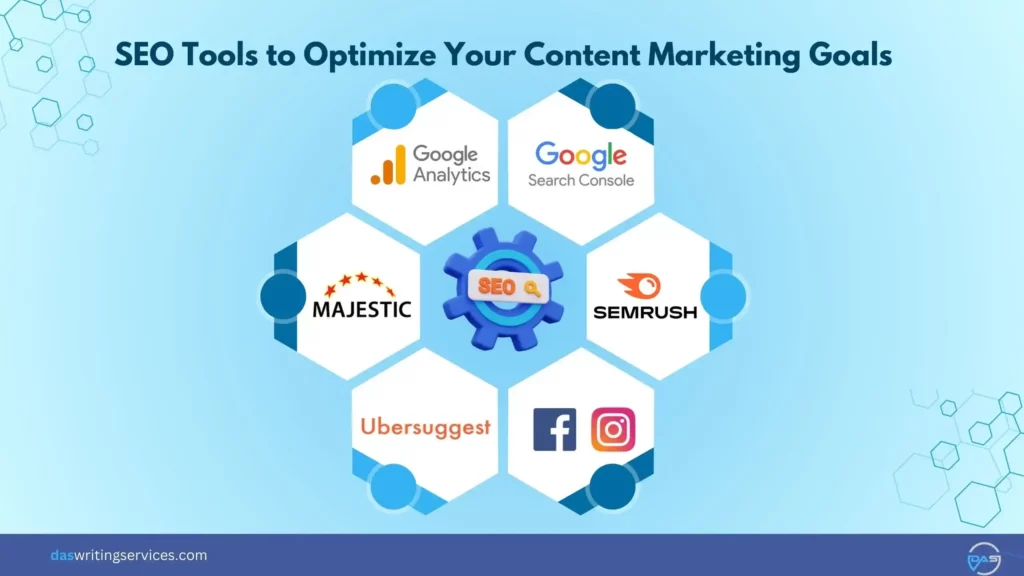
You can take help of some of the best SEO tools in the industry to fine-tune your marketing strategy and measure the KPI of your performance:
- Google Analytics
- Google Search Console
- Semrush
- Facebook & Instagram Insights
- Ubersuggest
- Majestic
These tools help you better optimize your keyword strategy and generate visible results for your content marketing campaign.
Final Takeaway
Keeping these content marketing goals in mind, you should be able to configure your content strategy to get the desired return on investment. However, you must also be careful that not all audiences are looking for the same thing.
For B2B ventures, a transparent and authoritative approach is more useful. While, when trying to appeal to end-consumers, being able to create an emotional bond will fetch you long-term benefits and brand trust.
Frequently Asked Questions
1. What are the 5 types of content?
The five types of content that prove most beneficial are Blogs, Social Media posts, Email newsletters, copywriting, and video content.
2. What are the 3 categories of content?
Content can be divided into three broad categories depending on the tonality and approach. These are – Creation, Curation and Creative Curation.
3. What are the 3 content strategies?
According to experts, the three major strategies to optimise content are the brand focus, content distribution and user experience.
4. What are the goals of content strategy?
Some of the fundamental agenda behind content marketing is building brand awareness, generating traffic, improving customer retention and upselling. With the right optimization, several goals can be fulfilled with content marketing.
5. What are the 4 strategic types of content?
There are four content categories – attraction, authority, affinity and action. Content that can pursue an audience through these four categories can successfully convert a client.

Ritish Dutta is a seasoned Content Developer with over 7 years of experience in the industry. Currently, at Das Writing Services, he writes SEO-optimized content that caters to our diverse clientele. Ritish utilizes his critical insights and experience to talk about digital marketing, SEO content writing, content strategy, and AI.

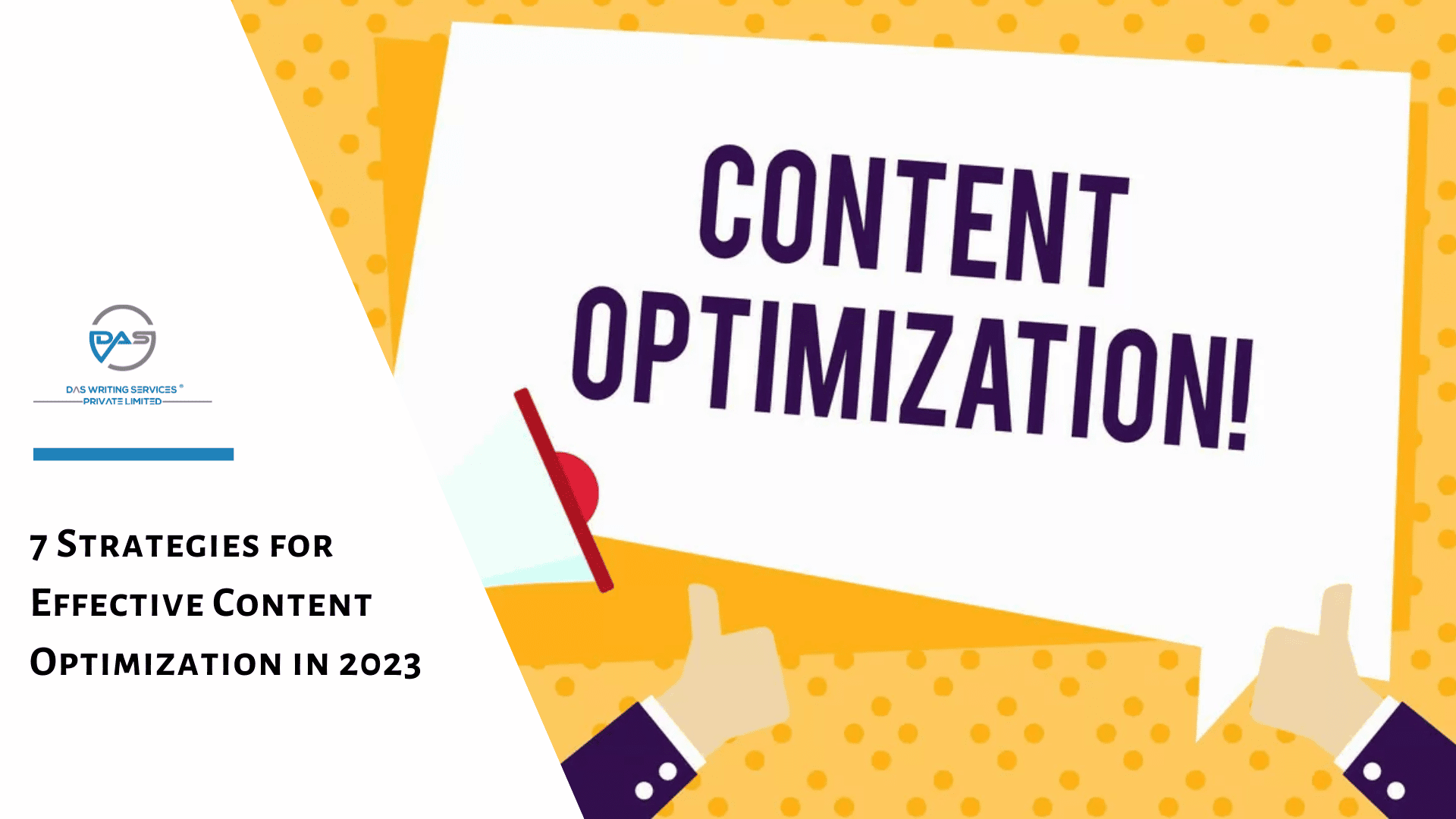
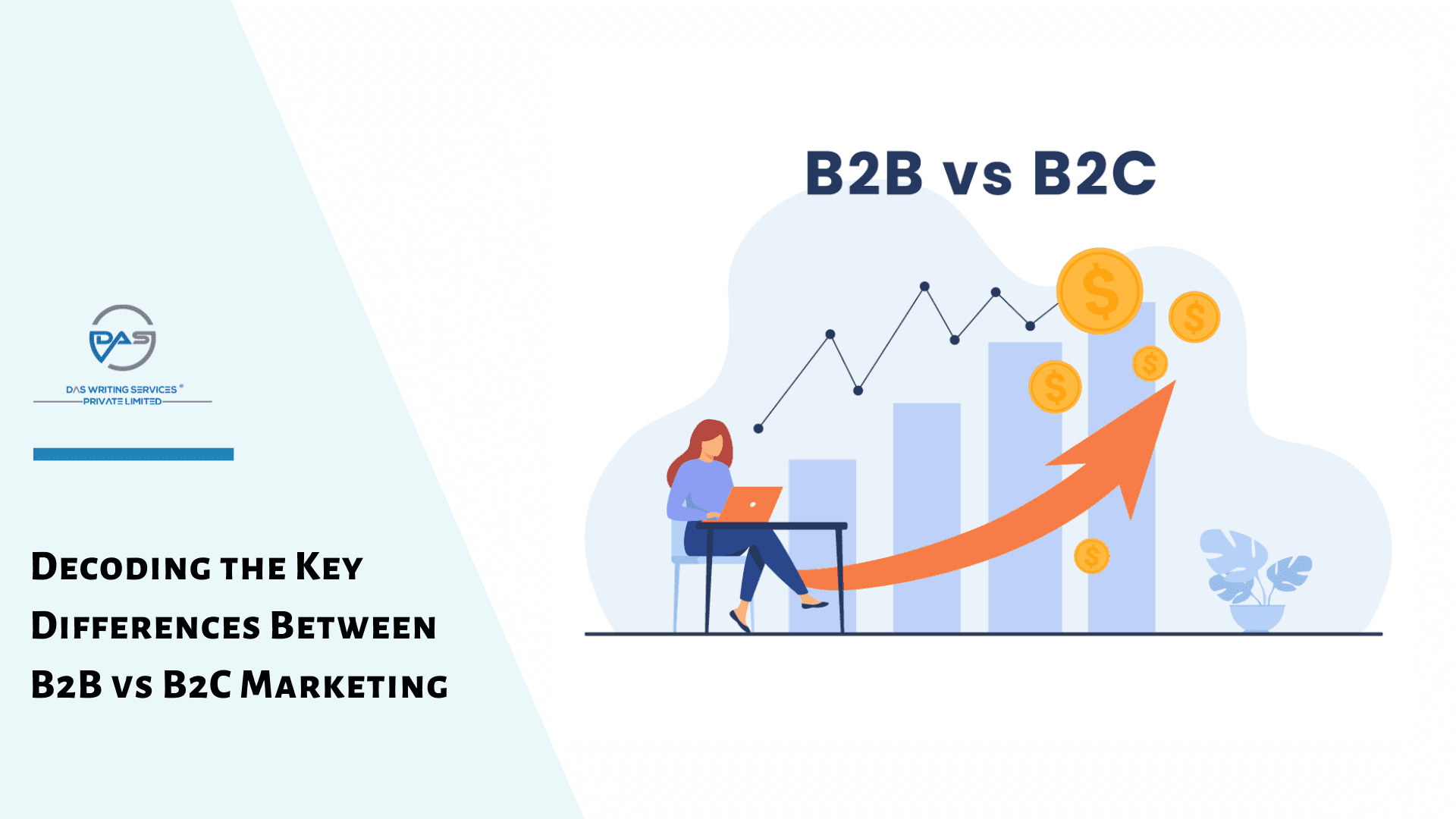

Leave a comment
All comments
Altus Servis
Hello, I really liked your website, you can be sure that I will visit it again in the future.